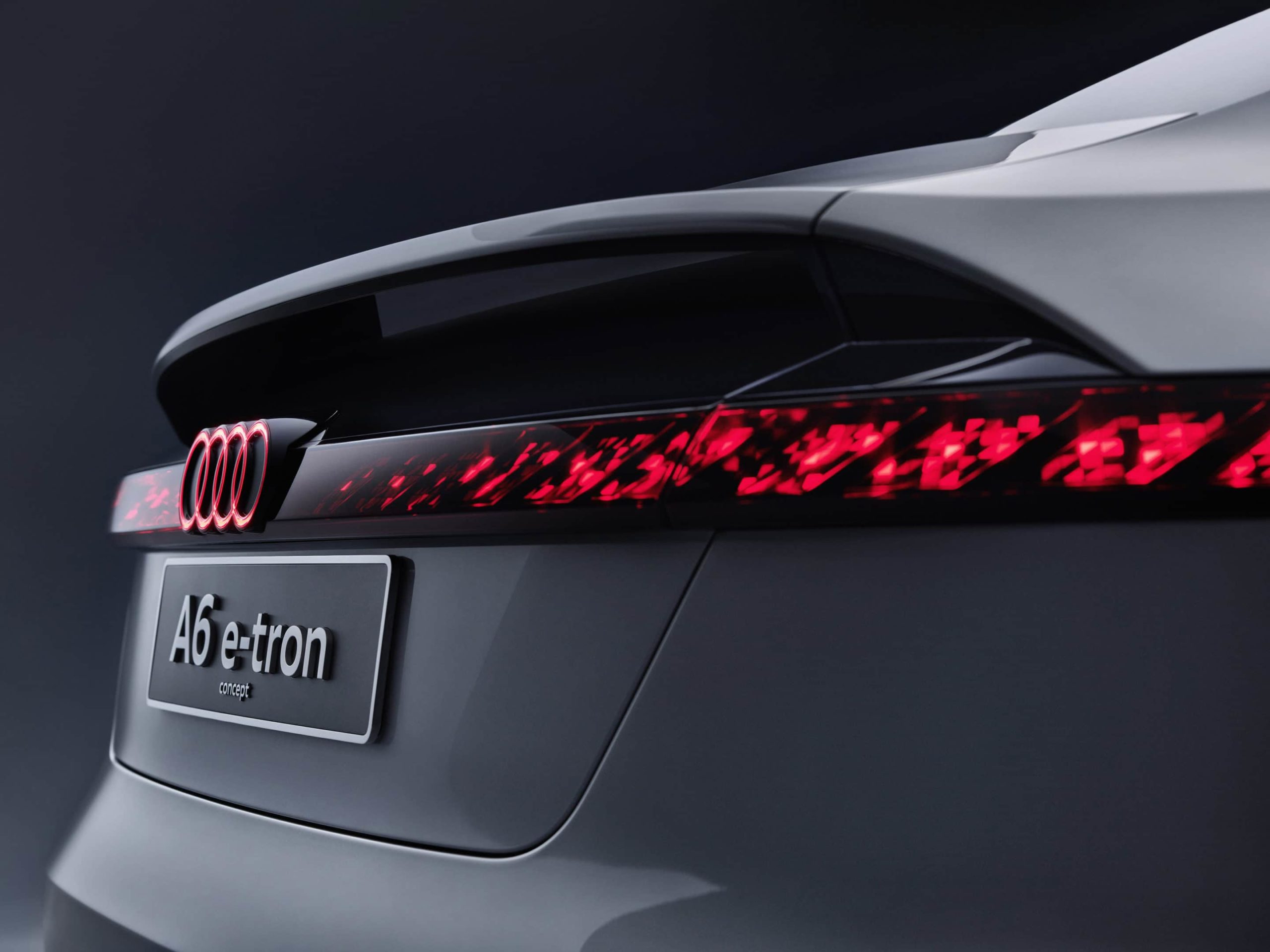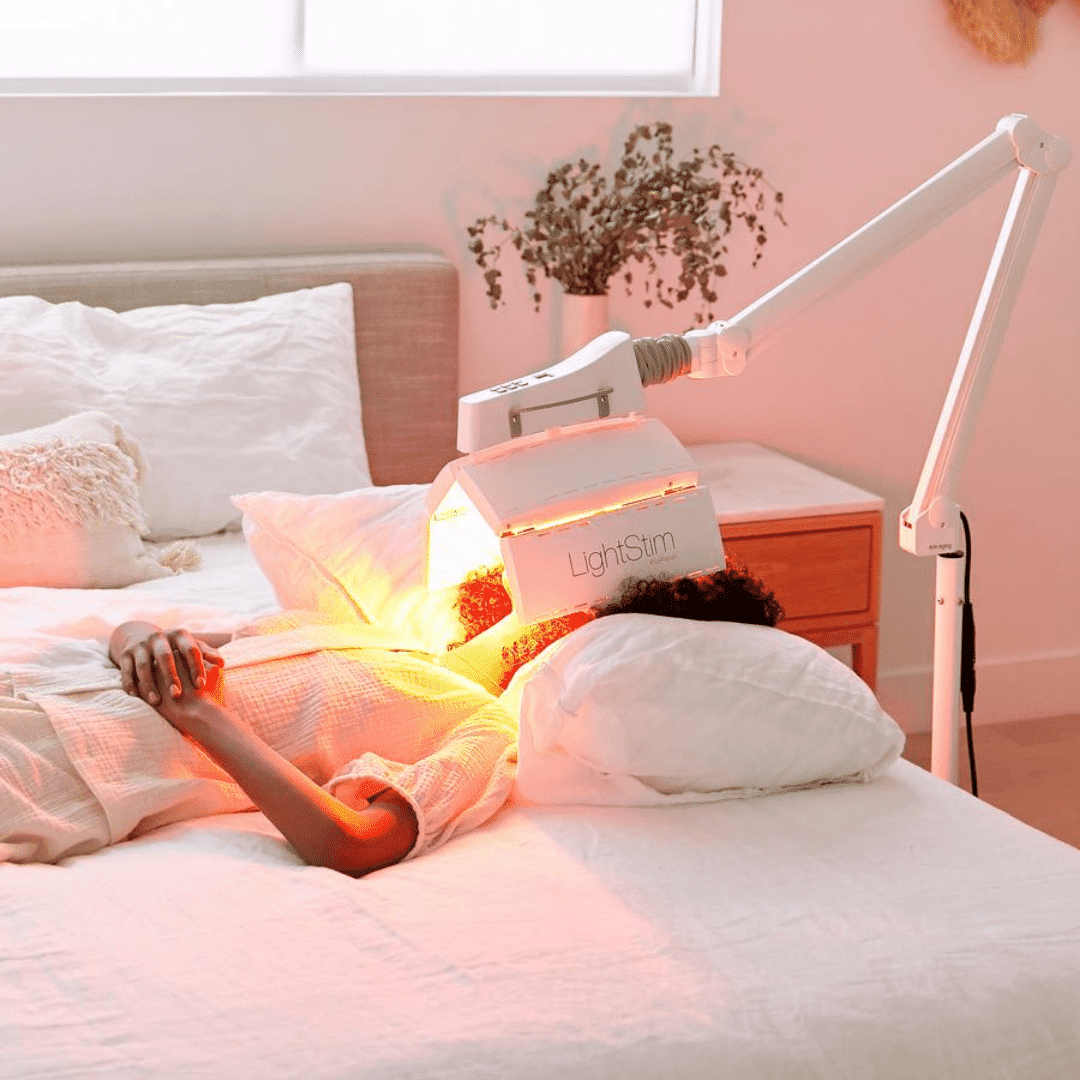OLED Light simulation aids engineers with leading software program
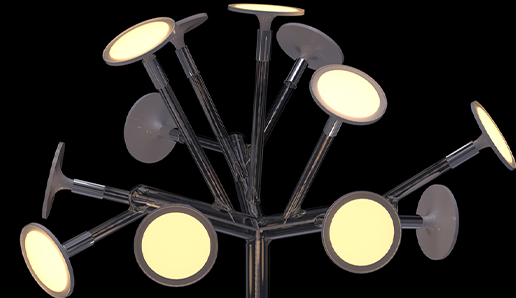
OLED lighting is becoming a major player in the general lighting world and many other industries are starting to take notice. A few industries, in particular, are the software design and virtual prototyping industries.
Due to the numerous advantages of OLED light and its design, Ansys, the world leader in engineering simulation, has added OLED lighting simulations to their design programs.
This was a major step for OLED lighting where engineers and designers can simulate what an environment will look like under the illumination of an OLED light. This will allow them to see the superiorities of OLED lighting in different virtual environments. This eliminates any preliminary performance and aesthetic uncertainties of implementing OLED luminaires into a design or project.
Organic light-emitting diodes (OLEDs) may be the future of commercial lighting.
– Ansys
Ansys states that, “By prototyping the OLED lighting digitally, engineers will be able to save time and money as they avoid using physical prototypes. Additionally, Ansys multiphysics simulation technology enables engineers to assess how the electrodes, temperature and optical characteristics of the OLED lighting all work together.”
Allowing lighting professionals to virtually experience the visual characteristics of OLED light and how it can complement design of its surrounding environment is paramount. We believe that the adoption rate of OLED lighting will increase significantly at many levels, from individual designers to entire industries and schools of thought.
How OLED Lighting Technology Simulation Benefits Designs
Originally published on Ansys Blog | August 12, 2019 | Shawn Wasserman | Ansys.com
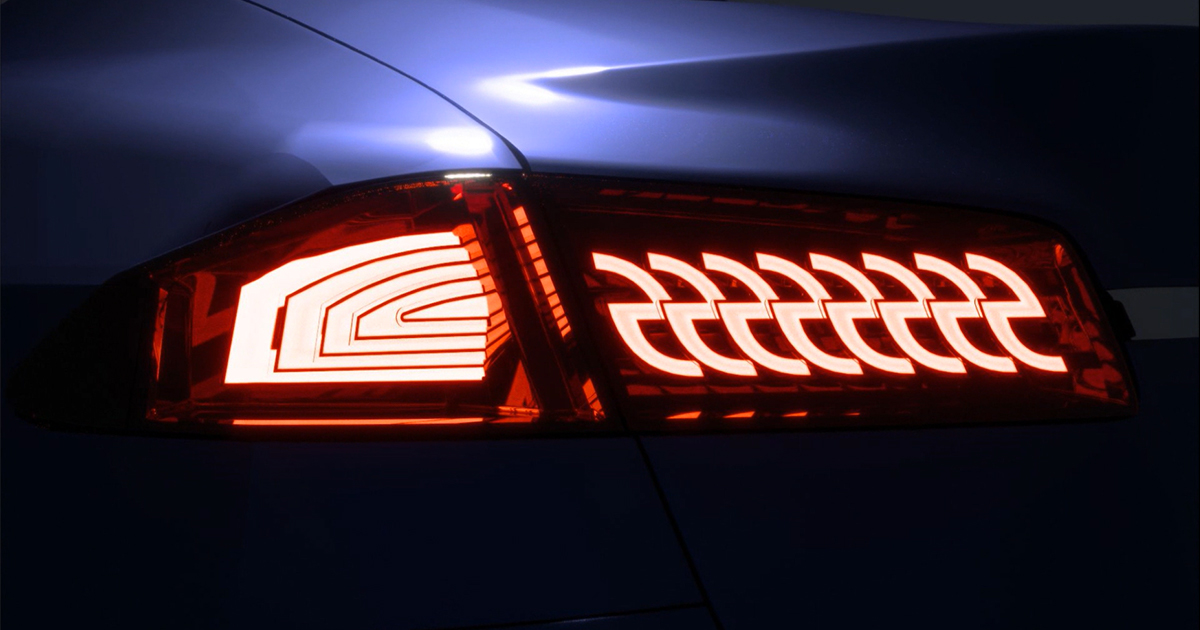
Organic light-emitting diodes (OLEDs) may be the future of commercial lighting.
OLEDs are flexible, bright, directional and able to fit onto any curved surface. These low-power, eco-friendly lights can also be made into ultra-thin screens that are capable of producing dark blacks and bright colors.
For these reasons, OLED lighting is becoming popular in electronics, automotive, marketing and commercial applications.
Why Is OLED Lighting Technology Favored in Industry?
OLEDs are made up of an organic electroluminescent film that emits light in response to an electrical current. These lights come in two different types:
- Passive matrix OLED (PMOLED)
- Active matrix OLED (AMOLED)
PMOLEDs are rather simple, while AMOLEDs have a backplate filled with transistors that switch individual pixels on and off.
Therefore, you are more likely to see PMOLEDs in general lighting scenarios and AMOLEDs on a screen — like mobile phones.
In recent years, OLED lighting has made a splash in many industries. Notably, the automotive industry has taken a significant interest in the technology. The ability of OLEDs to work on curved surfaces gives the automotive industry a unique way to assert brand identity by giving their displays, taillights and headlamps a unique look.
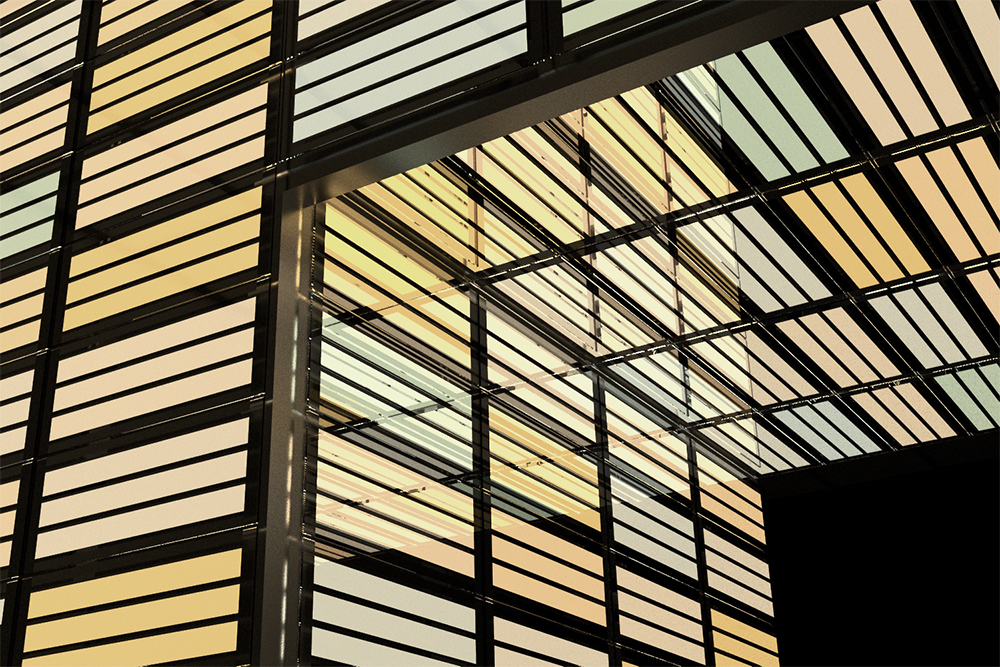
How OLEDs Compare to Other Lighting Technologies
OLEDs are a lot easier to work into a design than competing lighting technologies.
Incandescent bulbs, for instance, emit light in all directions, requiring a reflector and lens to improve efficiency. Due to the bulkiness of the light, lens and reflector, engineers are limited in how the lights can be used in a design.
Light emitting diodes (LED) are a step up from incandescent bulbs. They are directional, efficient and brighter, meaning they no longer need reflectors. However, lightguides are still needed to build LEDs into a surface.
OLEDs are Lambertian light sources, so they already appear as a surface with uniform brightness. As a result, OLEDs don’t require reflectors or lightguides. This means that engineers can design a very flat OLED that can adapt to any curvature.
Regardless of the industry, OLED lighting enables engineers to design more attractive and energy efficient products with uniformly bright panels.
Simulating OLED Lighting to Anticipate How It Will React in a Real Environment
Engineers can use Ansys SPEOS to simulate OLED light sources compatible with any computer-aided design (CAD) geometry with non-uniform rational basis splines (NURBS). This enables engineers to test an OLED’s spectrum variation, emission direction and luminance in various environments.
By prototyping the OLED lighting digitally, engineers will be able to save time and money as they avoid using physical prototypes.
Additionally, Ansys multiphysics simulation technology enables engineers to assess how the electrodes, temperature and optical characteristics of the OLED lighting all work together.
To learn how to access OLED’s in the SPEOS optical library, read Ansys SPEOS Capabilities.




